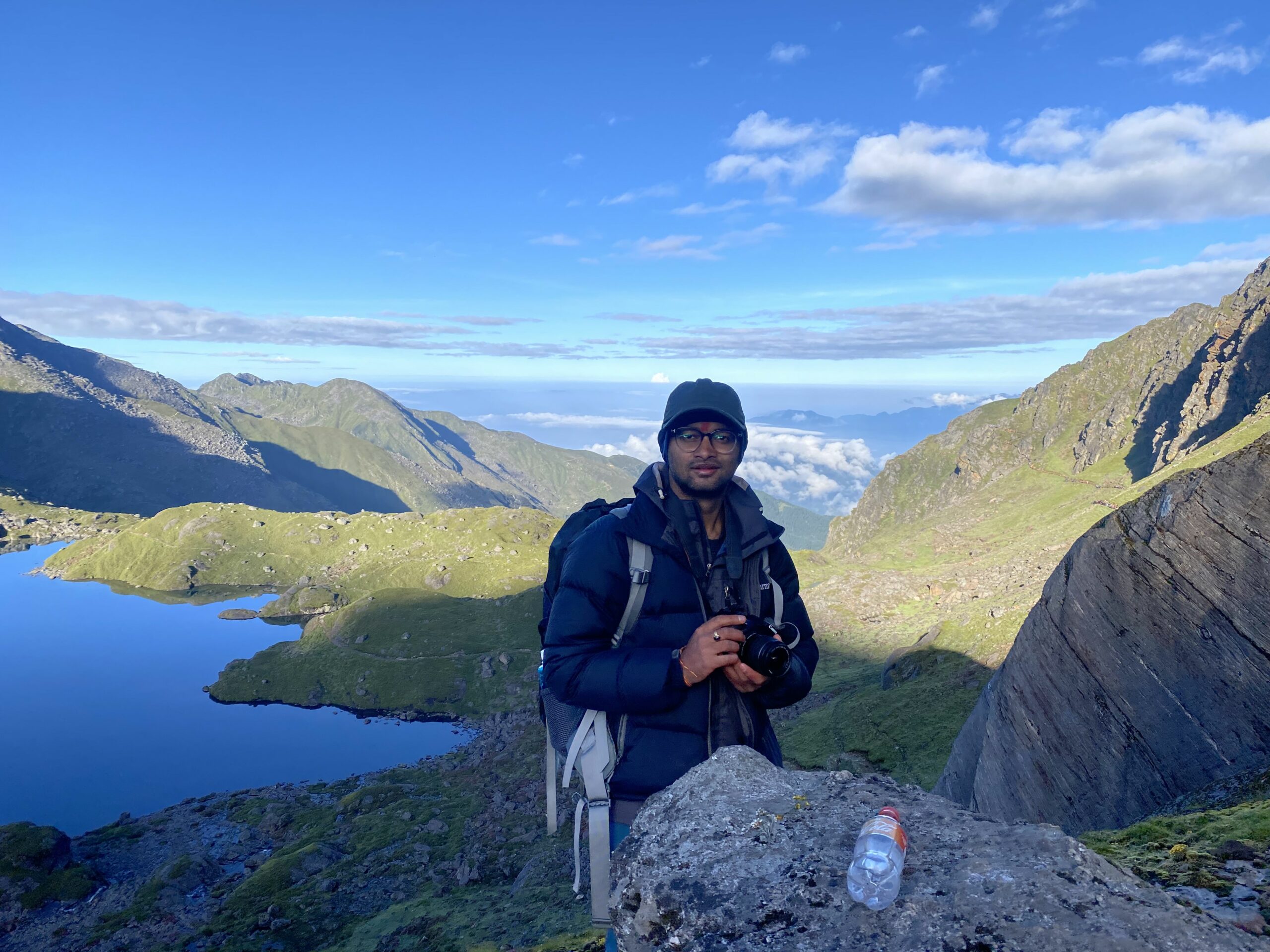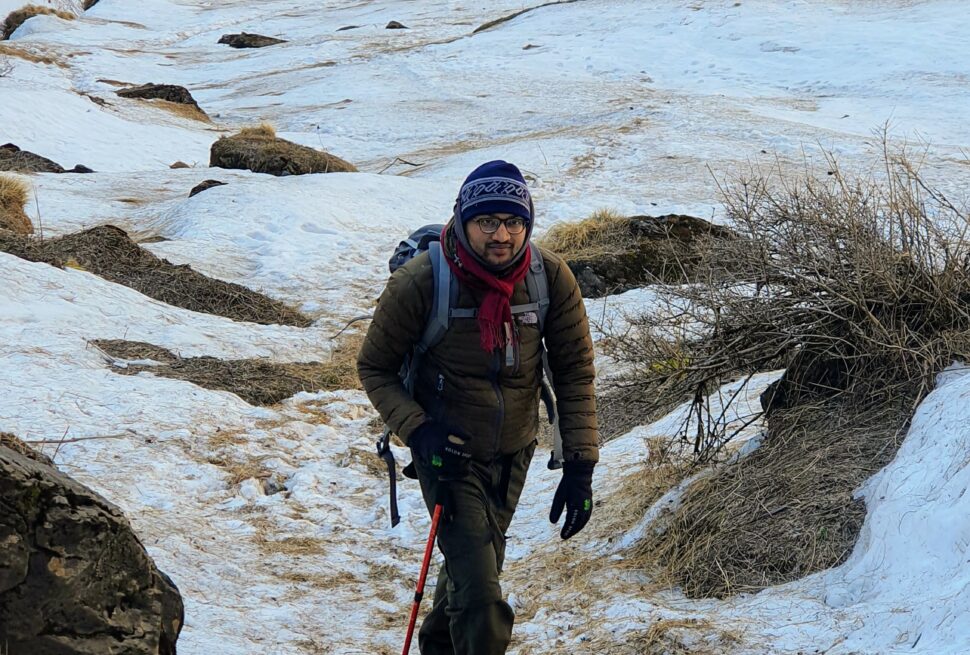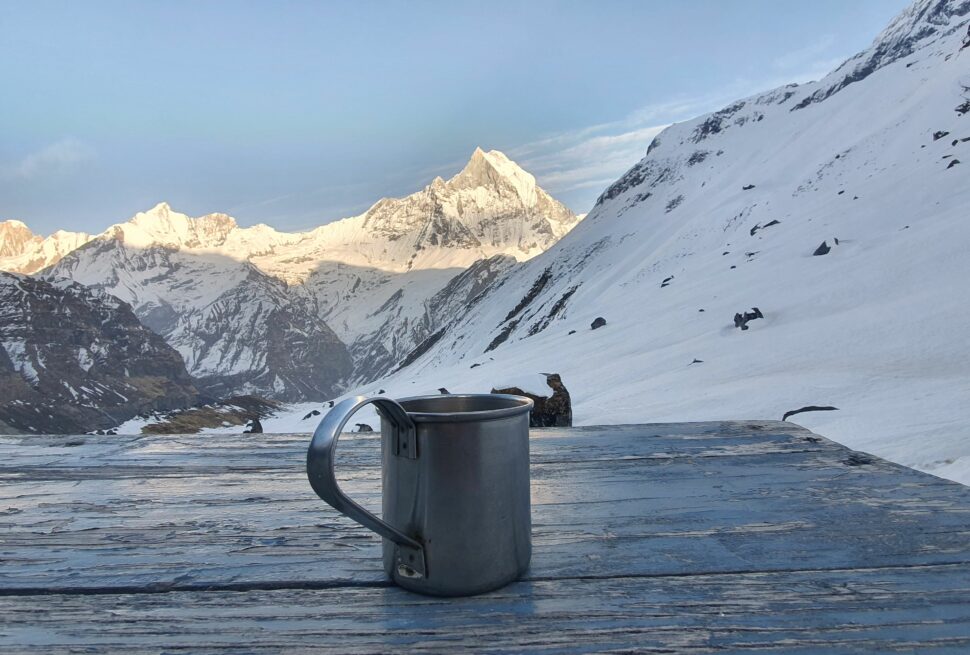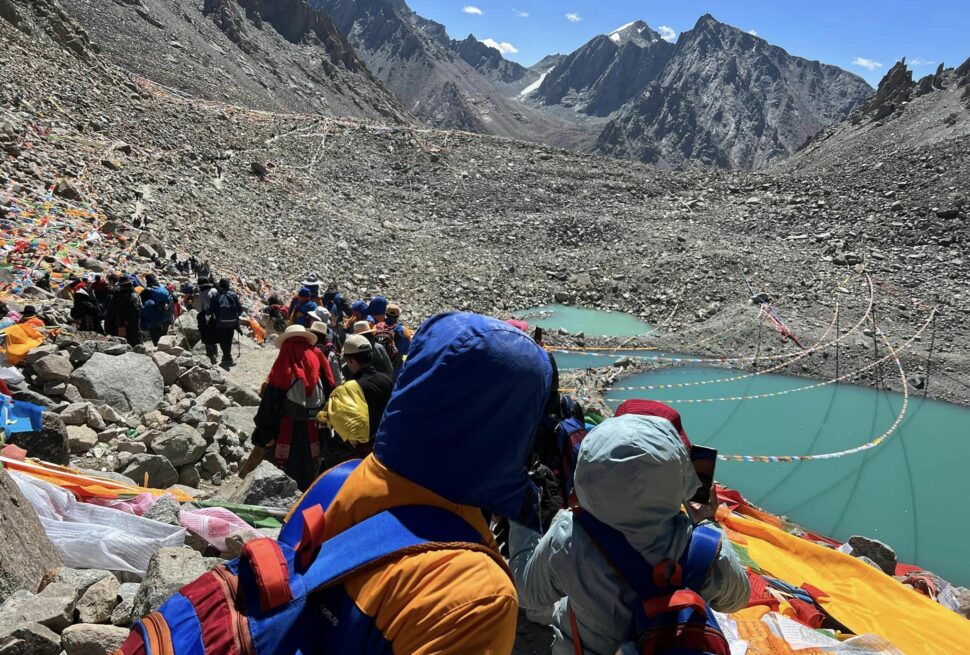Nepal experiences a diverse climate due to its varying topography, ranging from tropical in the lowlands to alpine and arctic conditions in the high Himalayas. The climate can also vary significantly depending on the season. Here’s a general overview of the climate in Nepal and the types of backpacks required for trekking in different seasons:
Climate in Nepal by Season:
1) Spring (March to May):
- Spring in Nepal is characterized by warm days and cool nights, especially at higher elevations.
- Temperatures gradually rise throughout the season, and the weather is generally stable.
- The rhododendrons and other flowers bloom, adding color to the landscapes.
2) Summer/Monsoon (June to August):
- Nepal experiences its monsoon season during the summer months, with heavy rainfall, especially in the southern and eastern regions.
- Trekking during this time can be challenging due to muddy trails, leeches, and limited mountain views.
- However, some regions like Upper Mustang and Dolpo experience less rainfall and can be suitable for trekking.
3) Autumn (September to November):
- Autumn is considered the best season for trekking in Nepal.
- The weather is stable with clear skies, mild temperatures during the day, and cool evenings.
- The views of the mountains are typically the best during this time, making it popular among trekkers.
4) Winter (December to February):
- Winter in Nepal brings cold temperatures, especially at higher elevations.
- While the skies are generally clear, mornings and evenings can be freezing.
- Some high-altitude treks may be challenging due to snow, and high passes may be closed.
Backpacks Required for Trekking:
1) Spring and Autumn:
- During the spring and autumn seasons, when the weather is generally mild and stable, a mid-sized backpack (around 40-60 liters) should be sufficient.
- Your backpack should have enough capacity to carry essential clothing layers, water, snacks, camera equipment, and other personal items.
- It’s essential to have a waterproof cover or pack liner to protect your belongings from unexpected rain showers.
2) Summer/Monsoon:
- In the monsoon season, it’s essential to use a waterproof backpack or pack cover to protect your gear from the heavy rainfall.
- Consider a backpack with sealed seams and waterproof zippers to keep your belongings dry.
- It’s also a good idea to use dry bags or waterproof stuff sacks for critical items like clothing, electronics, and documents.
3) Winter:
- In winter, when temperatures are colder, you may need a slightly larger backpack to accommodate additional layers of clothing and cold-weather gear.
- Look for a backpack with extra padding on the shoulder straps and hip belt for added comfort when carrying heavier loads.
- Consider using an insulated hydration system or water bottles to prevent your water from freezing in cold temperatures.
Regardless of the season, it’s essential to choose a backpack that fits comfortably and distributes weight evenly to minimize strain on your back and shoulders during long treks. Additionally, pack wisely, considering the specific requirements of the trek and the expected weather conditions.




